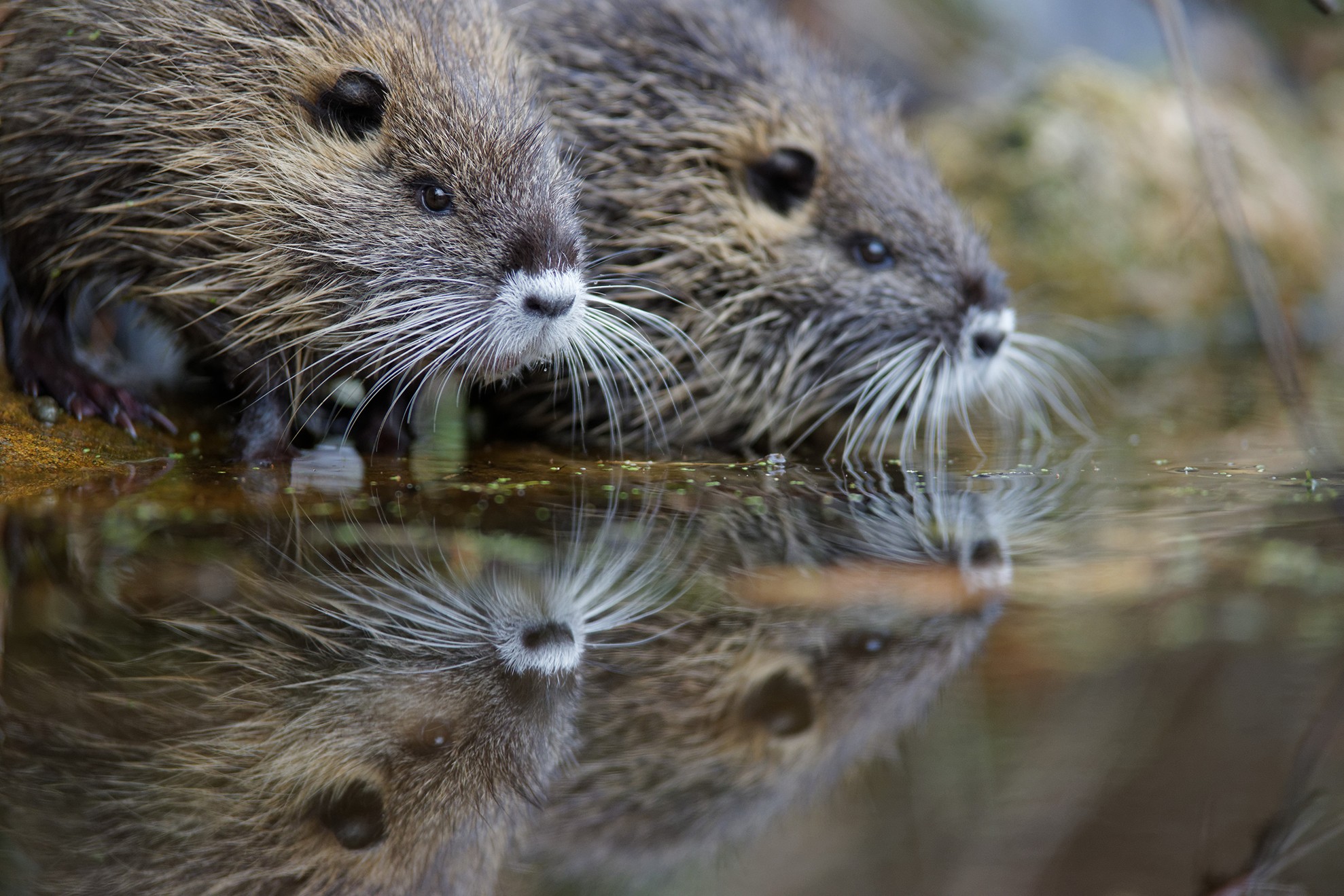Warnings about the impact of invasive species on the conservation of ecosystem services in Europe

An international study, published in Nature Communications, raises the alarm about the risks posed by invasive species to the provision of ecosystem services across Europe. For the first time, an exhaustive spatial analysis of the exposure of European habitats to invasion has been conducted. This work has successfully identified critical regions for the conservation of vital services essential for the environment, public health, and societal well-being. The research was led by the Pyrenean Institute of Ecology (IPE-CSIC), part of the Spanish National Research Council (CSIC), and included scientists from nine international centers.
The research focused on assessing the current and potential risks presented by 94 invasive species—32 terrestrial plants, 29 terrestrial animals, 20 freshwater animals, and 13 freshwater plants—all of which are included in both the European List of Invasive Alien Species of Union Concern and the Spanish Catalogue of Invasive Exotic Species. Well-known examples in Spain include the Asian hornet, the American bullfrog, water hyacinth, the American mink, box tree moth, and Pampas grass. To evaluate these risks, the study used the latest information on the presence of these species, alongside statistical models predicting their future expansion. This was used to assess the present and future exposure of seven key ecosystem services: habitat maintenance, nitrogen retention, soil retention, flood control, crop and timber provision, and outdoor recreation/tourism.
"This list includes non-native species with demonstrated adverse impacts on biodiversity and, therefore, constitute a management priority," explains Belinda Gallardo, Senior Scientist at IPE-CSIC and principal investigator of the study. She adds, "European regulation requires member states to develop management plans appropriate to each state's level of invasion and vulnerability."
A growing threat
The study forecasts an average 77% increase in areas susceptible to being affected by invasive species across Europe, underscoring the growing magnitude of the threat. Furthermore, the research pinpoints specific regions that combine a high invasion risk with a high provision of ecosystem services. These areas, which cover between 0% and 13% of Europe’s surface area depending on the service analyzed, are designated as conservation priorities.
The research highlights a greater vulnerability in services such as nitrogen retention and crop provision, which are frequently located in areas impacted by human activities, making the introduction of invasive species more likely. This is the case for aquatic plants like water hyacinth, Brazilian waterweed, and water lettuce, which form dense colonies that compromise water purification and use precisely in the agricultural and urban areas of Central and Southern Europe that need them most. Similarly, animals like the coypu, raccoon, and coati affect food production in Central Europe, in addition to serving as reservoirs for diseases that impact human health.
The scientists warn that if respective states do not take action, areas rich in biodiversity and ecosystem services could become even more vulnerable as invasive species expand and new ones arrive—a trend that will be intensified by climate change and the increase in global trade and tourism.
"We observe a clear discrepancy between the areas most exposed to invasion and those that provide a greater quantity and diversity of ecosystem services. This makes sense because invasive species are initially introduced in highly altered areas, often with low environmental value. But these species move, and they end up reaching areas of enormous value for the conservation of essential functions that support our socio-economic development, from water purification to food production and flood mitigation," explains the CSIC researcher.
The study provides relevant information for the application of national policies as well as for the European Biodiversity Strategy 2030. "The research demands a shift in how public policies address invasive species management. Traditionally focused on the conservation of native species, management strategies must broaden their scope to include vital ecosystem services under that protective umbrella for human well-being," emphasizes Gallardo.
In addition to scientists from the IPE-CSIC, the investigation involved experts from the Doñana Biological Station (EBD-CSIC), the University of Córdoba, the University of Seville, the University of Fribourg (Switzerland), the University of Porto (Portugal), the Université Grenoble Alpes and Université Savoie Mont Blanc (France), and the University of California, Irvine (USA).
Reference:
Gallardo B., S. Bacher, A.M. Barbosa, L. Gallien, P. González-Moreno, V. Martínez-Bolea, G. Vimercati & M. Vilà. Risks posed by invasive alien species to the provision of ecosystem services. Nature Communications. DOI: 10.1038/s41467-024-46818-3